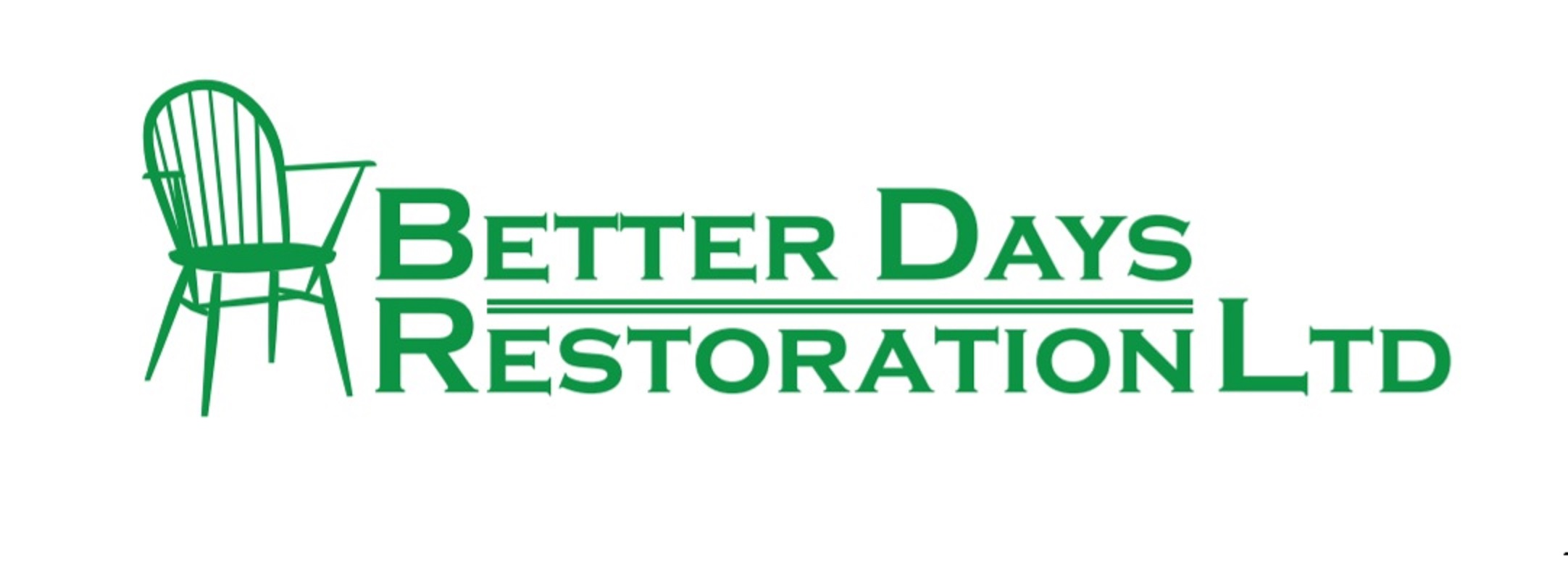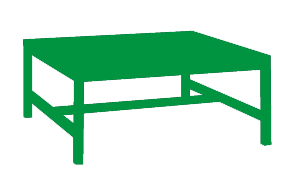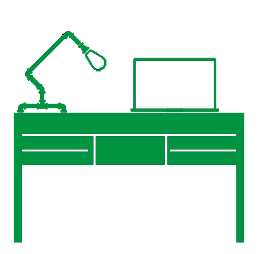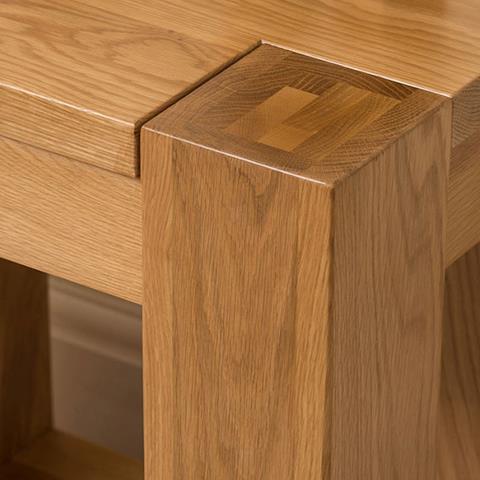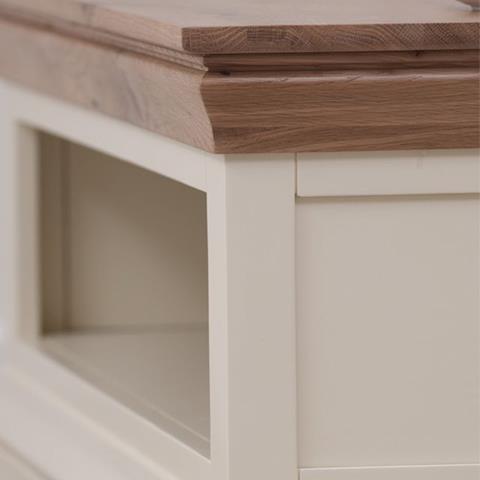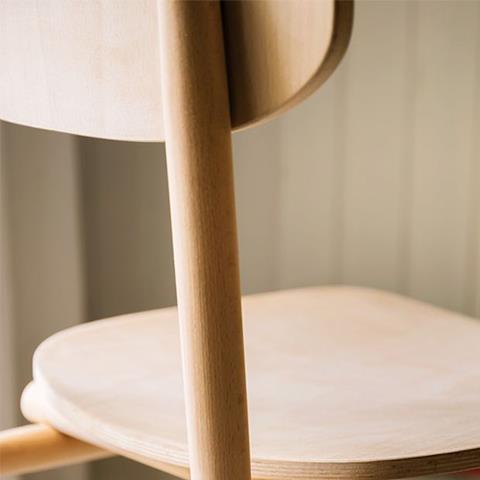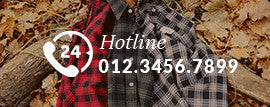
Article Detail
09 Mar
- 0 Comment(s)
- /
Bureau Restoration.
We do love our furniture restoration here at The Rocking Chair, and here is one I did enjoy doing and the results show what can be done.
Mrs Osborn had had this bureau for many years and had been used by her family for years, not only by her children but by her grandchildren as well, and had been moved to the garage as it had become unsightly due to the children doing what children do!.
She approached us thinking we say throw it away, but the moment I saw it I could see it was a hidden jem, waiting to be given a new lease of life, after years of neglect she assumed it was not worth touching and was ready to take it to the local tip, but had hesitated as it did have sentimental value to several members of the family.

Collection....
We are happy to collect, but we can only offer the restoration service to within a 50 mile radius of our Swansea workshop, we can at special request go further but it will have to be added to the cost of the restoration so it does make it costly as we are sure we are not the only people doing restoration work as there are many skilled restores out there.
What we did to restore this Bureau.
Cleaning
Upon collecting the Bureau we first checked it over looking for broken sliders, hinges, chipped veneers and other defects that will need fixing before we start the restoration properly, firstly all handles and drawers are removed the pull down door and the mechanism to support the door are removed, this particular Bureau was in good condition apart from residue of sellotape and items that had been stuck to the drawers when it was in Mrs Osborne son's room, this we removed with cellulose thinners, washing the whole bureau, to remove dirt and grime and the top layers of the old lacquer, several cloths would be used as they become clogged with dirt and old finish to make sure you don't spread the dirt around.
Sanding
Once the Bureau was washed it was hand sanded with a 120 grit sanding pad, these are available at most good DIY stores, these pads are ideal where stripping of the finish is not fully required but sanding to remove the years of use is always needed, slight blemishes and bumps and bruises are easily found and rectified with a good sanding with a sanding pad, the act of hand sanding allows us to visually check the item being restored in extreme detail, and the "hands on" approach allows you to "feel" when things are right or wrong and therefore need further work, as I have said this particular Bureau was in good condition, but the feel had been chipped and damaged over the years so a mechanical sander was used on them stripping back the finish to the bare wood and removing the bents and chips ending in a smooth finish as the grit size of the sandpaper increases up to 320 grit.
Staining
As explained the legs had to be stripped to remove the damage to the legs, so we had to re stain the sanded areas to return the colour to match the rest of the bureau. We find that it is always good practice to lightly stain the whole item that is being restored as this makes for a more even colour.
The stain is a spirit based stain and the colour can be "tweaked" to the correct shade needed by the addition of concentrated pigments which are available in many colours, but we use primary colour tints, mainly because we can achieve any desired shade or colour from these pigments. It is always good practice to try a test area first to ensure you have the right colour before you stain anything, and when staining over a old finish, thinning of the stain may be needed to "blend" colours and not over darken your finished item.
Lacquering
Now that the bureau is clean repaired sanded re staines and ready for its finish coat of protective lacquer, but due to the age of the bureau, I felt it would be nice to att a patina effect to the drawer edges and the corners of the unit, this is done

This is done with a small spray gun with clear lacquer with a much darker even black pigment added to it and the edges to be aged are carefully sprayed to give them the aged effect or "patina".
Once this coat had dried and checked to make sure it is how you want it to look, the whole bureau is sprayed with 2 coats of a clear strong lacquer, the piece being finished is lightly sanded between coats to ensure a smooth even soft to the touch finish. Lacquers come in various sheen levels from high gloss to a dead matt, sheen level is a personal choice and is governed by the piece you are finishing, so for this Bureau chose a 10% sheen clear lacquer that gave it a classy look. Spray Lacquering is a skill that takes years to master and is just like spraying a car, with the need for specialised equipment so it's not something most people can do.
Re Assembly
Now we have a finished restoration piece but it is still in its constituent parts, and will need to be re assembled, great care is taken at this stage to re assemble the piece, to ensure it looks right and is not marked in the process of assembly as one slip with a screwdriver and all your good work is for nothing.
We did change the handles to nice brass polished drop handles which finish the Bureau off and makes it stand out as a jem I knew it could be.
Needless to say Mrs Osborn was stunned with the finished item, one happy customer.
If you have a piece you want doing and we are not to far away ...get in touch we will be more than happy to quote or just give advice ....thank you for reading
Paul
The Rocking Chair Ltd
